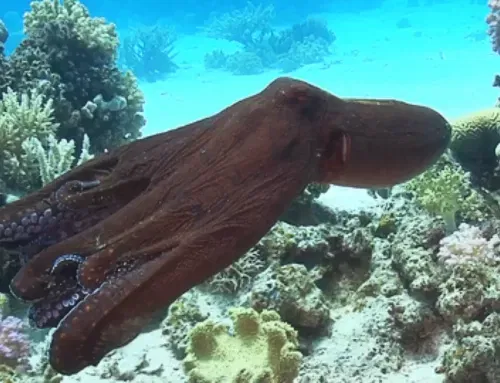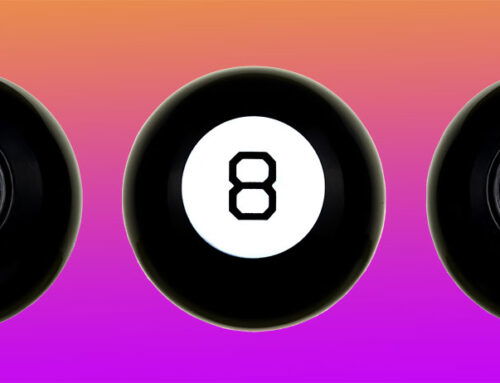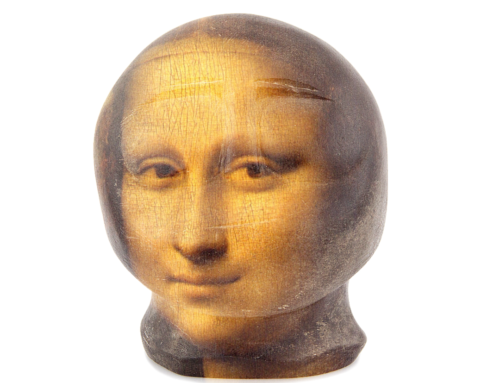Think about what you like and the choices you’ve made throughout your life – the clothes you buy, the spouse you chose, the books you read or the art that attracts you – and then ask yourself, why those? Why not others? Objective reasons will no doubt play a major role for choices that are made, such as conformity with peers, expense, chance, and personal gain.
Ever since Charles Darwin, nature’s choices driving evolution were based on natural selection and the survival of the fittest, choices that conform to an objective pattern. Individuals with measurable advantages (faster, stronger, better predators) due to genetically induced variations result in more offspring than their less successful peers, ultimately leading to new strains and species. Objective creativity. When less easily explained traits, such as color mosaics or extraordinary plumage prevail, scientists search for a possible advantage that might be bestowed, such as better camouflage or appearance of strength to frighten predators. These are legitimate explanations, often with strong evidence.
But, what about subjective choices unrelated to obvious outside forces? Why would I find a woman beautiful that you might not, or vice-versa?
What shapes subjective choices, personal likes or dislikes? One or more physical advantages may put an individual on the front line for successful courting and reproduction, but that individual must still be chosen as a mate among other competitors. Darwin was aware of this and considered sexual selection as a choice for a potential partner. One popular idea is that females (accept it fellow men!) play a more prominent role in sexual selection than males, and that a mate with a more robust appearance somehow suggests that a healthier, stronger offspring will result. How an animal decides that one set of colors or size or gait or whatever is preferable for the resulting progeny has been termed “honest signaling” of genetic fitness.
An article in the New York Times by James Gorman, Challenging Mainstream Thought About Beauty’s Big Hand in Evolution, reviews the idea of subjectivity in evolution in a new book by Richard O. Prum, an evolutionary biologist at Yale. The Evolution of Beauty: How Darwin’s Forgotten Theory of Mate Choice Shapes the Animal World – and Us suggests that animals make aesthetic judgments and select what they find beautiful, not just what is physically advantageous as judged by “honest signaling” I love the idea that an appreciation for beauty – an aesthetic sense – had ancestral roots that evolved, like our physical traits, and even our thoughts and inner life, as suggested by an increasing number of studies. When I started my career in science, I naively considered beauty, at least what I found beautiful, as “truth” in nature. We might consider nature beautiful, but beauty hardly proves a hypothesis.
Yet, although beauty may not determine truth, what we find beautiful may be an evolved gift from our animal ancestors. And certainly no one can deny that what we consider beautiful is at the heart of civilization’s most creative contributions – architecture, art, music, literature – the list is extensive.
While necessity may be the mother of invention, as the saying goes, and many types of pragmatic innovations, such as medical treatments, weapons, technology and so forth, may figure among our most creative acts, just plain beauty – aesthetic pleasure, subjective judgments based on nothing else but what pleases our senses – may underlie a great deal of our creative expressions. As much as we would like to assume full credit for our beautiful creations, the door has been opened to the possibility that our appreciation and selection of beauty – our sense of aesthetics – was inherited from our forefathers and evolutionary ancestors.






Leave A Comment